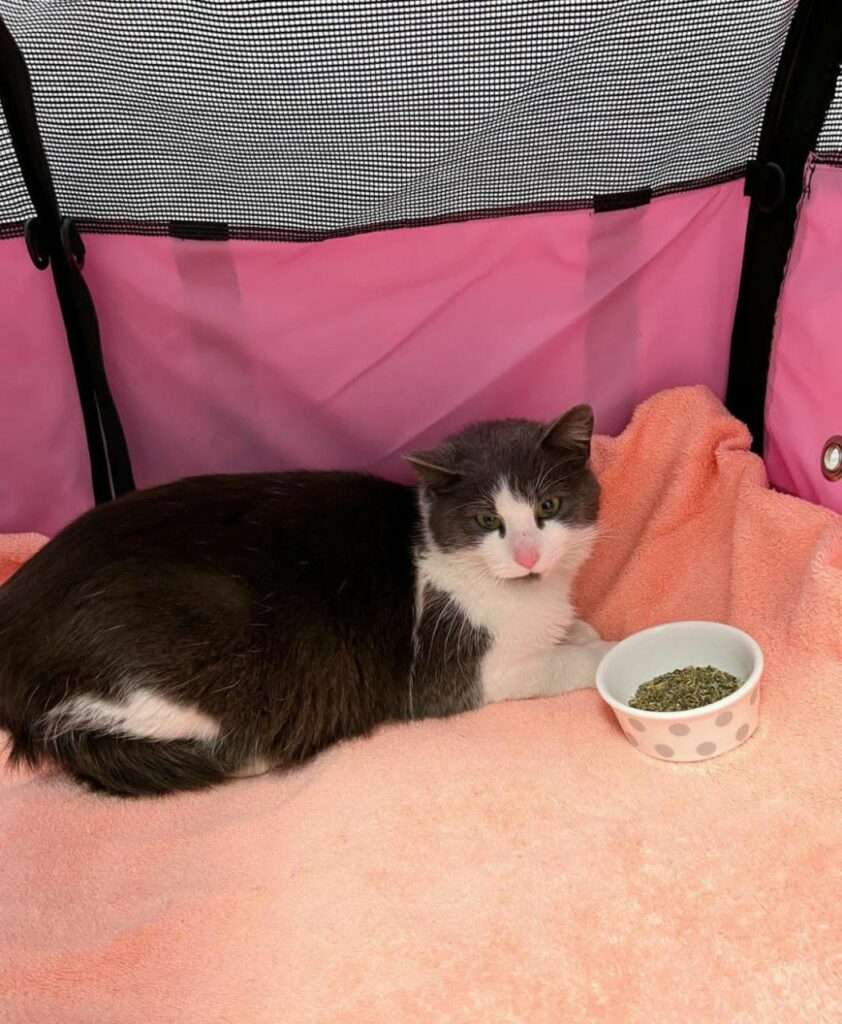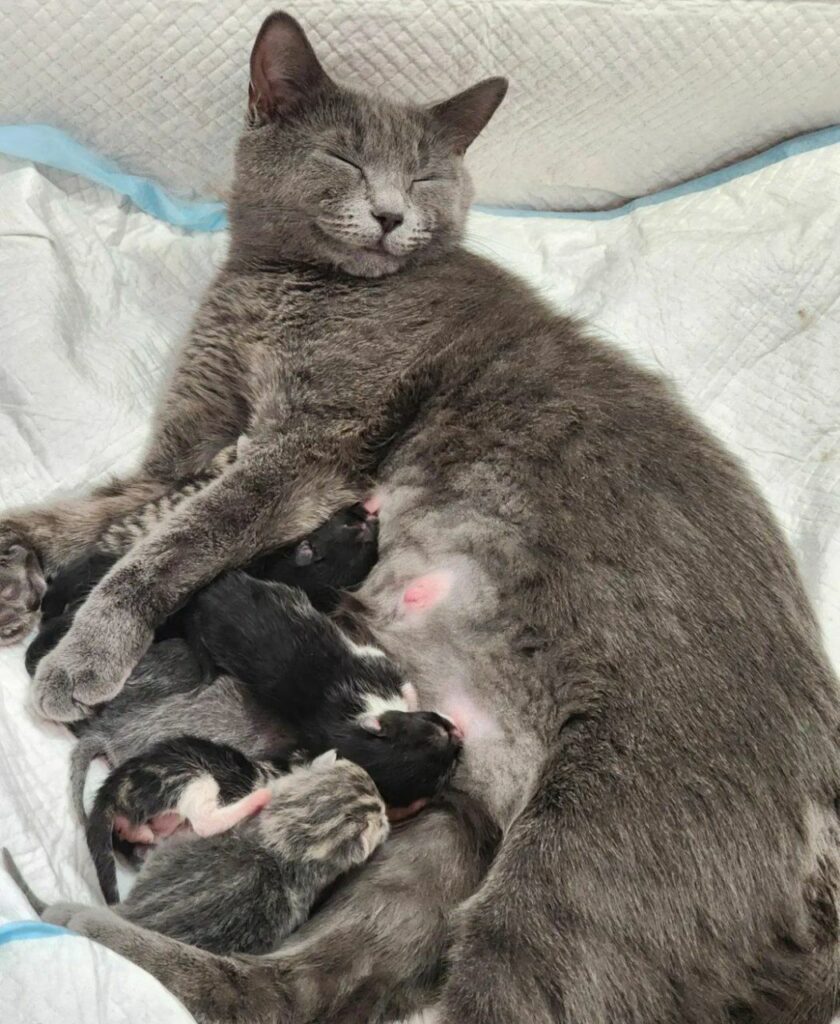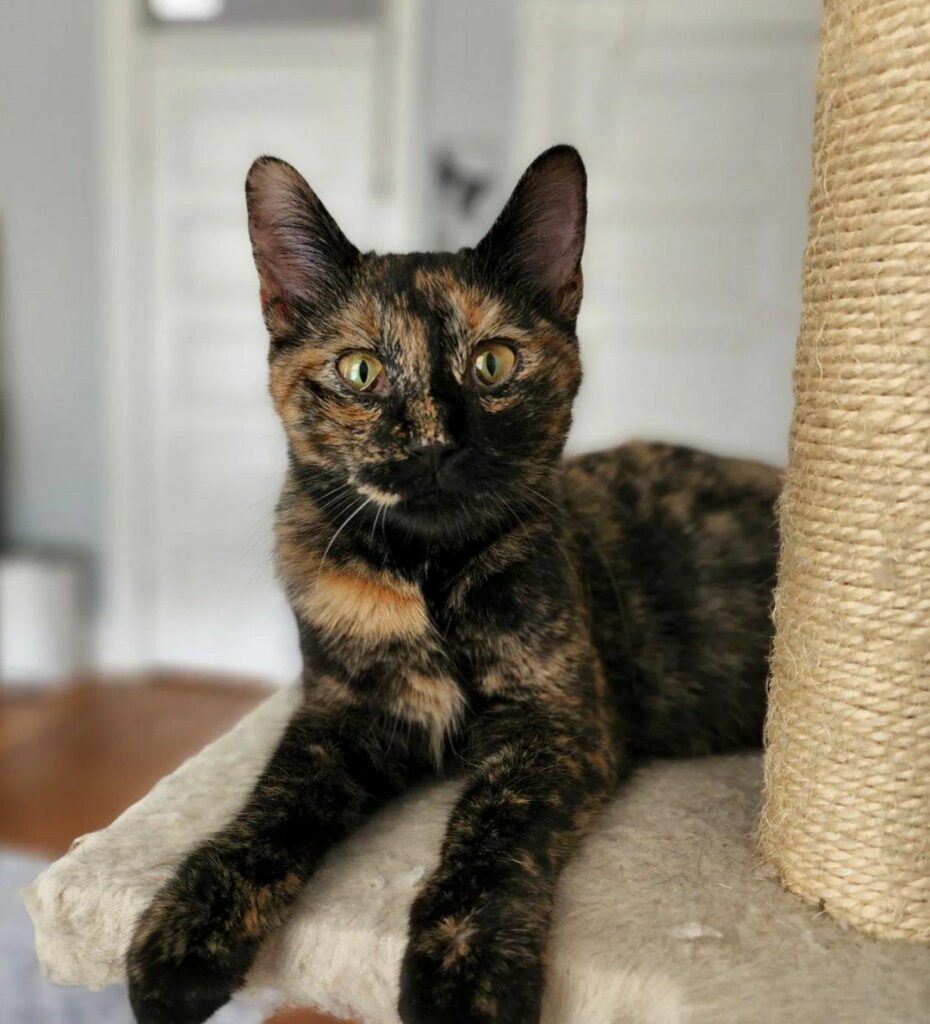How To Change Your Cat's Food
The Art of the Transition: Switching Your Cat’s Food Smoothly
Cats are creatures of habit, and their love for routine extends to their mealtimes. They can be quite particular about their food, and a sudden change can lead to digestive discomfort, loss of appetite, or even stress. If you’re considering switching your feline friend’s food, be prepared to exercise patience and introduce the new diet gradually. This guide will equip you with the knowledge and strategies to ensure a smooth and successful transition for your finicky eater.
Understanding the Why:
There are several reasons why you might consider changing your cat’s food. Here are some common scenarios:
- Kitten to Adult Food: As kittens grow, their nutritional needs change. Kitten food is formulated for rapid growth and development, while adult cat food provides the necessary balance of nutrients for a healthy adult life. Around 6 months of age, it’s time to transition your kitten to adult food.
- Addressing Health Concerns: If your cat develops a health condition, your veterinarian might recommend a specialized diet formulated to manage that specific issue. For instance, cats with urinary tract problems might benefit from a food that promotes urinary health.

- Improving Overall Health: Perhaps you’re looking to upgrade your cat’s diet to one with higher quality ingredients or a more balanced nutrient profile. This could be due to concerns about the current food’s fillers or a desire to provide your cat with optimal nutrition.
- Picky Eating: Some cats are notorious for being finicky eaters. If your cat consistently turns up their nose at their current food, you might explore introducing a new, more palatable option.
Planning the Transition:
Once you’ve decided to switch your cat’s food, planning is key. Here’s what you need to consider:
- Choose the New Food Wisely: Consult your veterinarian for guidance on selecting the best food for your cat’s age, health status, and lifestyle. Consider factors like protein source, carbohydrate content, and overall ingredient quality.
- Gather Your Supplies: Purchase the new food and ensure you have enough of the current food on hand to facilitate a gradual transition. You’ll also need separate bowls for the old and new food.
The Seven-Day Transition Plan:
This step-by-step guide will help you introduce the new food slowly and safely:
- Days 1 & 2 (75% Old Food, 25% New Food): Start by mixing a small amount of the new food with your cat’s regular food. The ratio should be around 3 parts old food to 1 part new food. Monitor your cat’s appetite and stool consistency.
- Days 3 & 4 (50% Old Food, 50% New Food): If your cat seems to tolerate the new food well, gradually increase the proportion. Now, mix equal parts of the old and new food. Continue to observe your cat’s behavior and elimination habits.
- Days 5 & 6 (75% New Food, 25% Old Food): Slowly tip the scale further in favor of the new food. Offer 3 parts new food to 1 part old food. By this stage, your cat should be comfortable with the taste and texture of the new diet.
- Day 7 (100% New Food): Ideally, after a week of gradual introduction, your cat should be happily eating the new food exclusively. Monitor them for any changes in appetite or digestion for a few more days.

Tips for Success:
- Go Slow: The key to a successful transition is patience. Resist the urge to rush the process. Every cat has its own pace, so adjust the timeline if needed.
- Small Portions, Frequent Feedings: Especially during the initial stages of introduction, offer smaller portions of the new food more frequently. This can help with digestion and prevent overeating.
- Separate Bowls: Use separate bowls for the old and new food. This allows your cat to choose what they want to eat, reducing stress and encouraging them to explore the new option.
- Warm It Up (Optional): Some cats are enticed by the aroma of their food. Try slightly warming the new food (not hot) to enhance the smell and make it more appealing.
- Hide the New Food (For Picky Eaters): For particularly finicky eaters, you can try hiding a few kibbles of the new food within their regular food bowl. This can pique their curiosity and encourage them to try something new.
- Be Patient and Positive: Maintain a positive and encouraging attitude throughout the process. Avoid pressuring your cat to eat or forcing them to finish their bowl. Celebrate small victories and remain patient.
Troubleshooting Common Issues:
- Loss of Appetite: If your cat seems completely uninterested in the new food, take a step back. Reduce the amount of new food in the mix and extend the transition period. You can also try sprinkling a bit of crumbled freeze-dried treats or a tiny amount of tuna juice on the new food to entice them. Consult your veterinarian if the loss of appetite persists for more than a few days.
- Digestive Upset: Introducing a new food too quickly can lead to vomiting, diarrhea, or constipation. If you notice any digestive issues, slow down the transition process significantly. Offer smaller portions more frequently and ensure your cat has access to plenty of fresh water. If the digestive upset is severe, consult your veterinarian.
- Stress: Cats are sensitive creatures, and any change in routine can cause stress. Provide your cat with plenty of hiding spots and quiet time during the transition. Maintain a calm and reassuring demeanor to help them adjust.
Beyond the Transition:
Once your cat has successfully transitioned to the new food, continue to monitor their health and well-being. Pay attention to their energy levels, weight, and coat condition. Schedule regular check-ups with your veterinarian to ensure the new diet meets your cat’s ongoing nutritional needs.
Remember:
Every cat is an individual with unique preferences and sensitivities. While this guide provides a general framework for transitioning your cat’s food, be prepared to adapt the approach based on your cat’s specific needs. With patience, understanding, and the right strategies, you can ensure your feline friend enjoys a smooth and successful switch to their new diet.


